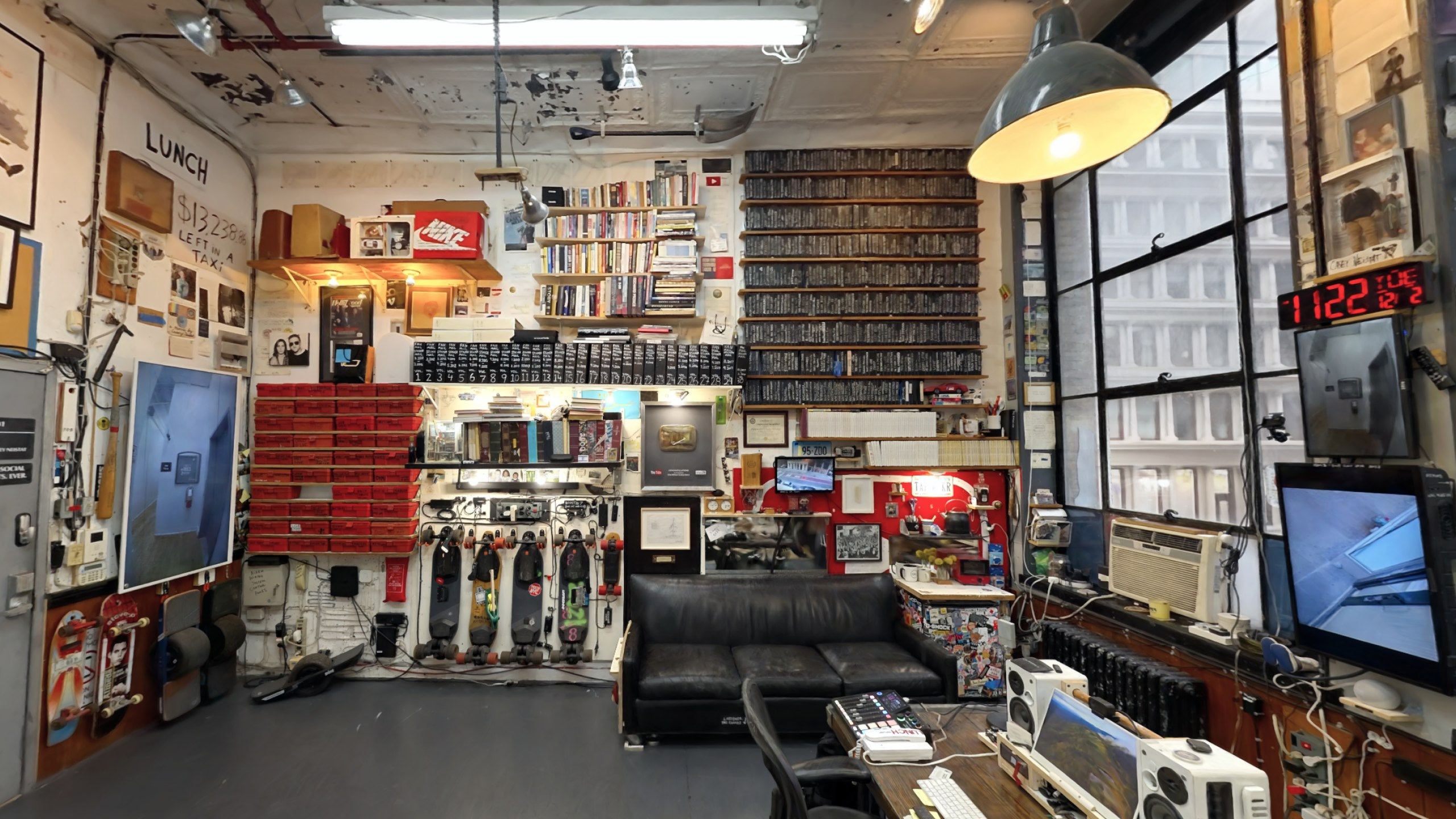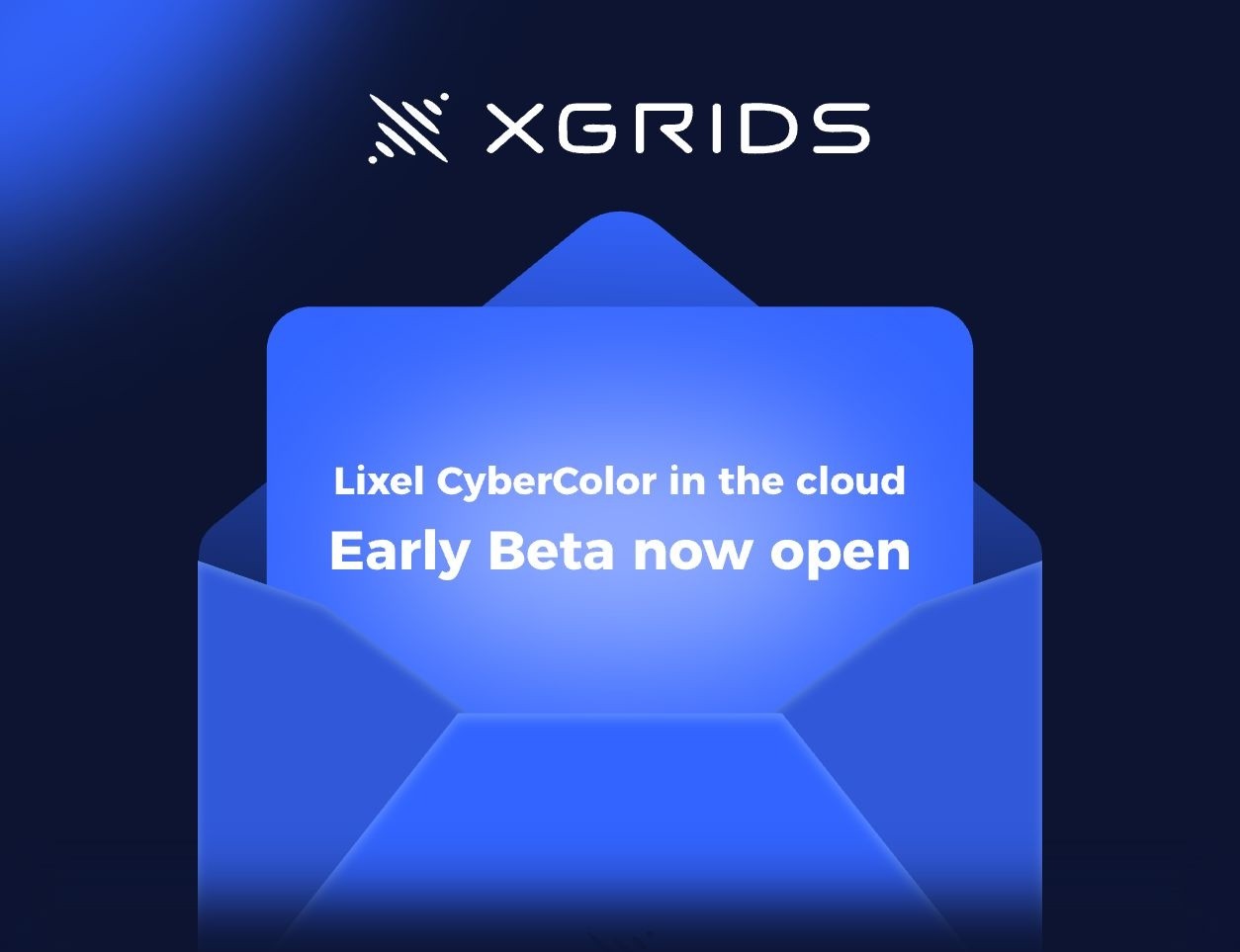
Michael Rubloff
Mar 31, 2025
Babylon.js has officially released v8, marking a major milestone for the continual support of Gaussian Splatting. Over the past year, the Babylon.js team has continued to add in functionality for the radiance field method, culminating in this release. Gaussian Splatting, which is able to reconstruct and render lifelike 3D scenes in real time—is now fully integrated into Babylon's WebGL/WebGPU pipeline.
Below is a breakdown of the key changes that bring Gaussian Splatting to life in Babylon.js.
At the heart of this update is the addition of a dedicated Gaussian Splatting mesh and material class, enabling developers to render splat-based scenes with ease. Performance improvements are also central to this release. GS data is now loaded and parsed asynchronously, ensuring smoother runtime behavior and more efficient threading.
Memory optimization received attention as well. The size of splat representations in VRAM has been reduced from 64 bytes per splat to 32 (36 for webgl1), making it easier to manage large-scale reconstructions without taxing system resources. Developers also gain the ability to clone GS meshes, which helps with scene composition and performance tuning.
Another noteworthy feature is the ability to procedurally edit Gaussian Splat data. Developers can programmatically adjust splats’ positions, colors, and other attributes, opening the door to dynamic visual effects, real-time editing tools, and generative workflows.
One of my favorite parts of the release is support for the Node Material Editor (NME) has also been added in this release, making it easier than ever to craft custom visuals for Gaussian Splatting workflows. The NME now includes dedicated blocks for GS data, empowering developers and technical artists to create bespoke shaders without writing low-level code.
The NME’s integration with WebGPU has also been improved, resolving long standing preview inconsistencies and ensuring that what you see in the editor accurately reflects what renders in the scene. These upgrades not only enhance shader development but also make Babylon.js an exciting platform for real-time experimentation and iteration.
File loading improvements make this release even more compelling. Babylon supports the standard Gaussian splatting formats, including .splat and .ply. SuperSplat compressed format is also supported, which is a welcome addition.
There is also a big performance upgrade arriving through architectural refinements in how Babylon handles large GS datasets. Instead of relying on dynamic instance buffers, which previously throttled performance for large scenes like the 2.5 million splat "truck" model. Babylon now uses optimized static textures for storing Gaussian data. This shift significantly reduces frame-to-frame computation, allowing such complex scenes to hit 60 FPS where they once hovered around 15.
If you’re wondering if you may have seen Babylon.js’s 3DGS in action, you might remember when Microsoft showed off their capture of St. Peter’s Basilica in the Vatican or BitbyBit’s platform. Hopefully we will continue to see more mindblowing captures such as the Basilica using Babylon.js in the near future.
The entire changelog of the V8 update can be found here, but be warned, there are a lot of updates to go through. Babylon.js remains open-sourced with an Apache 2.0 license.







